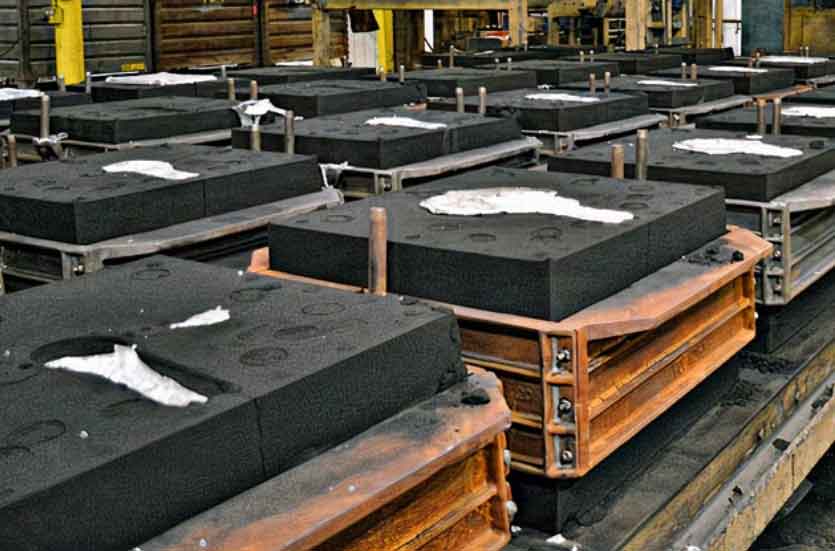
Advanced resin sand casting techniques can significantly improve efficiency and productivity in the casting process. Here are some techniques that can enhance the overall performance of resin sand casting:
1. Computer-Aided Design (CAD) and Simulation:
Utilizing CAD software allows for precise design and virtual simulation of the casting process. This helps identify potential design flaws, optimize gating and riser systems, and predict the behavior of molten metal during casting. By simulating the casting process before actual production, inefficiencies and potential defects can be identified and addressed, leading to improved efficiency and reduced material waste.
2. Rapid Prototyping and 3D Printing:
Incorporating rapid prototyping and 3D printing technologies in the resin sand casting process enables the quick production of accurate patterns or molds. This eliminates the need for traditional pattern-making techniques, reduces lead times, and allows for rapid iterations and design modifications. 3D printing also facilitates the creation of complex geometries and intricate details that would be difficult or time-consuming to achieve with conventional methods.
3. Automation and Robotics:
Implementing automation and robotics in resin sand casting can streamline various aspects of the process, including mold handling, pouring, and post-casting operations. Automated systems can improve consistency, reduce manual labor, and enhance overall productivity. Robots can be programmed to handle repetitive tasks, leading to increased efficiency and reduced cycle times.
4. Real-Time Process Monitoring:
Monitoring the resin sand casting process in real-time using sensors and advanced monitoring systems provides valuable data on variables such as temperature, pressure, and vibration. This allows for early detection of anomalies or deviations from desired parameters, enabling prompt adjustments and preventing defects or production issues. Real-time monitoring helps ensure consistent quality, reduce scrap rates, and optimize productivity.
5. Advanced Molding Techniques:
Implementing advanced molding techniques, such as vacuum molding or lost foam casting, can improve the quality and efficiency of resin sand casting. Vacuum molding reduces the risk of gas defects and improves mold compaction, resulting in higher dimensional accuracy. Lost foam casting eliminates the need for sand removal and reduces the post-casting cleaning process, saving time and improving productivity.
6. Improved Pouring Techniques:
Enhancing pouring techniques can optimize metal flow, minimize turbulence, and prevent defects such as misruns or cold shuts. Techniques like bottom pouring or controlled pouring rates ensure proper filling of the mold and reduce the likelihood of issues that affect the quality of the casting. Improved pouring techniques contribute to better overall productivity and part quality.
7. Lean Manufacturing Principles:
Applying lean manufacturing principles, such as value stream mapping, 5S methodology, and waste reduction techniques, can streamline the resin sand casting process. By identifying and eliminating non-value-added steps, reducing setup times, optimizing material flow, and improving workplace organization, efficiency and productivity can be enhanced.
Implementing these advanced resin sand casting techniques can lead to significant improvements in efficiency, productivity, and overall performance. The combination of advanced technologies, process monitoring, automation, improved pouring techniques, and lean manufacturing principles ensures that resin sand casting remains a competitive and effective casting method in the modern manufacturing landscape.
